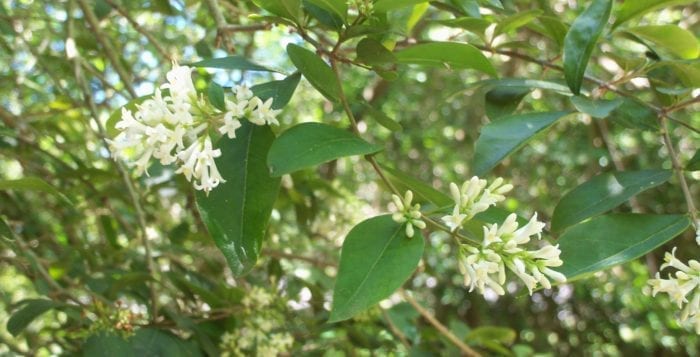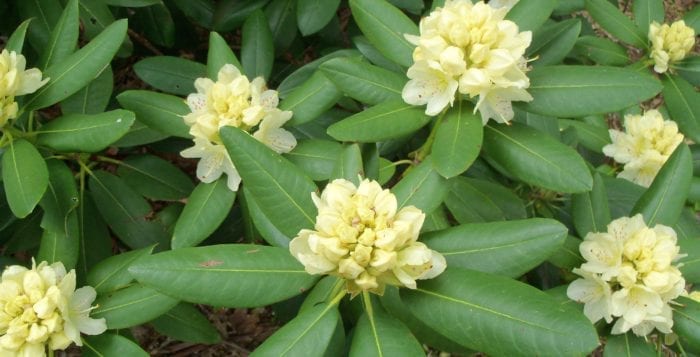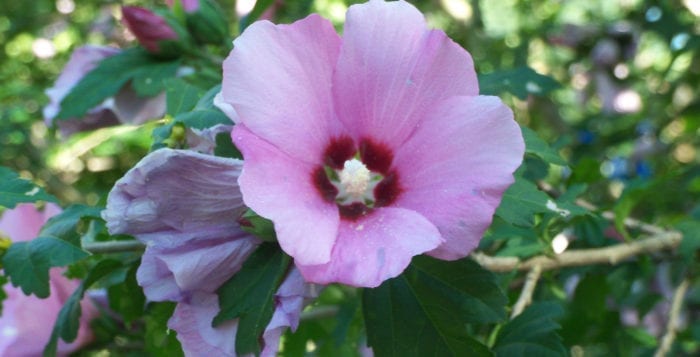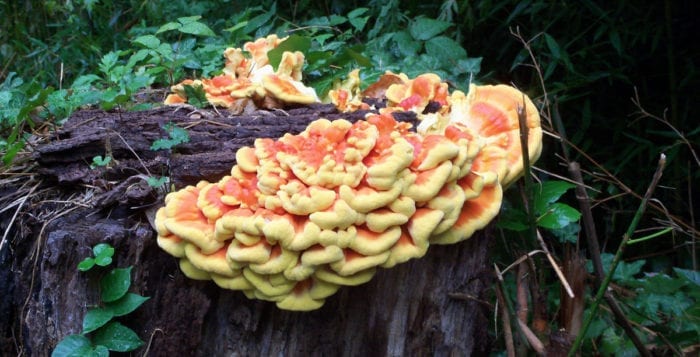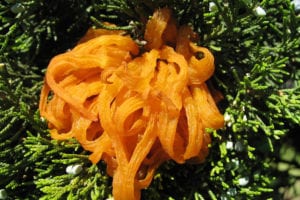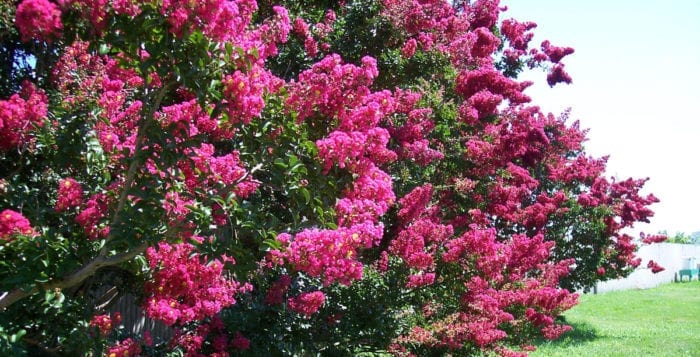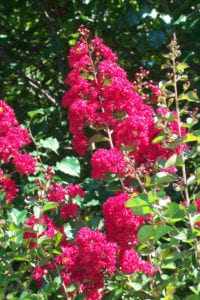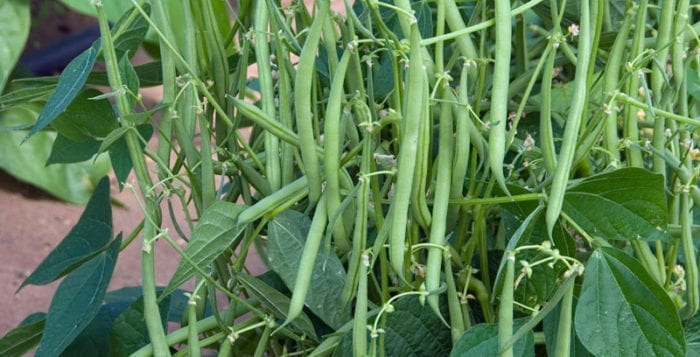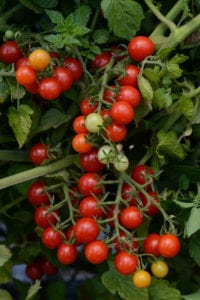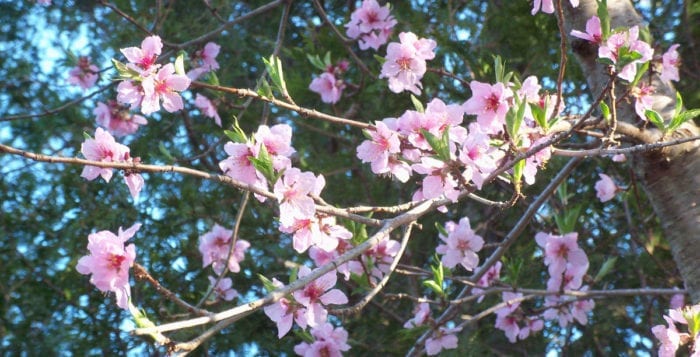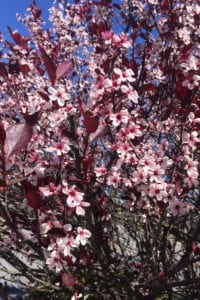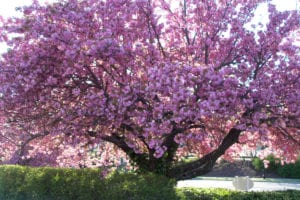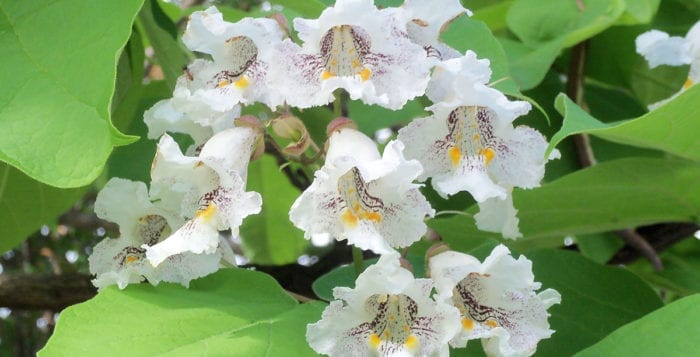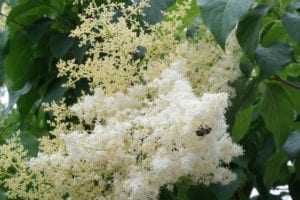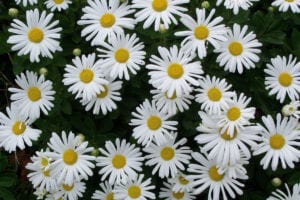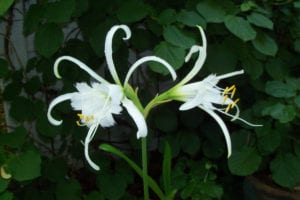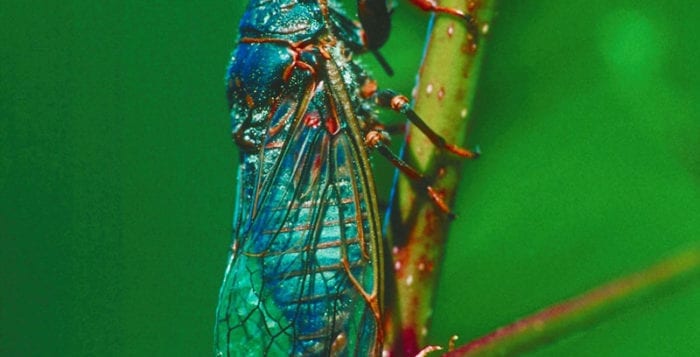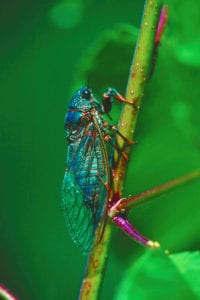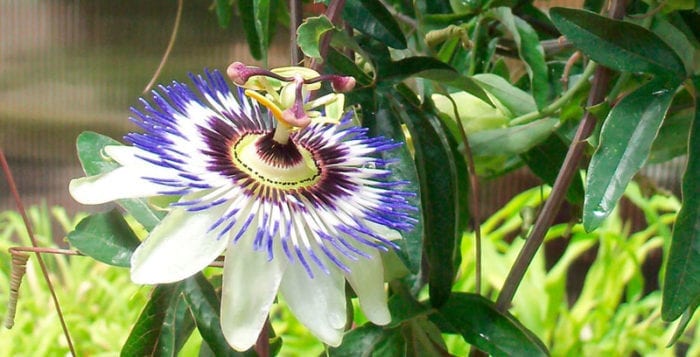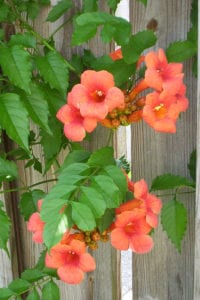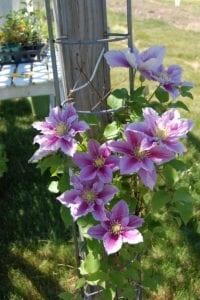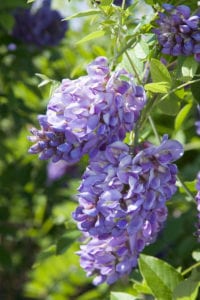By Ellen Barcel
When botanists speak of flowering plants, many people think of really showy plants such as rhodies or Kwanzan cherries or Montauk daisies. But most of the plants we commonly grow are all flowering plants; it is just the flowers are really tiny, sometimes so tiny we hardly notice them — really inconspicuous. Nonflowering plants include ferns (reproduce by spores), conifers (cones) and moss (spores).
Oak trees
Like many flowering plants, the oak has separate male and female flowers on the same plant. Note that this is true of squash. Some flowering plants, like holly and gingko, have male flowers on one plant and female on another. To get those beautiful red berries on holly, you must have at least one male plant in the area. And, some flowering plants have male and female organs in the same flower, like tomatoes. Now, back to the oak tree. There are hundreds of species of oak trees. The long-lived tree is a symbol of strength.
In 2004, the oak was adopted as America’s national tree following a vote hosted by the Arbor Day Foundation. Oak trees do extremely well in Long Island’s acidic soil so grow here natively. Oak trees produce male flowers known as catkins, a string of tiny flowers hanging off the branches, before the leaves appear, usually in April. People allergic to oak pollen soon begin to have symptoms. The female flowers, which are incredibly tiny, come out after that. They are so small, notes the University of Tennessee Extension Service that they “require a magnifying glass for identification.” Then, the fruit of the flowers, that is the acorns, form developing over the summer and falling to the ground in fall. Very few acorns survive to sprout since they serve as food for wildlife. Unprocessed, acorns are rich in tannic acid and are not edible by humans. They can be processed and made edible, however. I once had acorn cookies, made by an expert. To my taste, they were dry and not very tasty, but definitely edible.
Dogwood
Looking at dogwood, the white (or pink) flowers we see are actually not flowers but modified leaves known as bracts. The flowers are the really tiny yellow centers. This is also true of poinsettias. The showy red petals are not petals at all but modified leaves. A hint, when selecting poinsettias, look for ones with the yellow centers (the flowers) still tightly closed. Ones that are open and spreading pollen are more mature and won’t last as long in the house.
Boxwood
Another plant that has really tiny flowers is the boxwood (Buxus sempervirens) hedge. The cold hardy, evergreen varieties are native to Europe.
According to the American Boxwood Society, the first planting of boxwood in the Americas was on Long Island’s own Shelter Island at Sylvester Manor in 1653. Boxwood plants are usually used as hedge plants due to how easily they can be pruned to keep them at a given size. Without pruning they can easily reach 15 or more feet. Because boxwood are usually pruned to a given height or shape, we rarely see the flowers that develop in June. Boxwood are so easy to prune, that very overgrown and woody hedges can be cut back almost to the ground, usually a foot or so, and they will grow and fill in nicely, rejuvenating them. The society notes that they do best in a soil pH that is only mildly acidic (6.5 to 7.2) through neutral to mildly alkaline. Despite this, it’s been my observation that boxwood planted near me do extremely well in any soil pH.
Although boxwood can be propagated from stem cuttings, I’ve had a number seed themselves on my property despite the fact that I’ve planted none. For more information on boxwood, go to The American Boxwood Society at www.boxwoodsociety.org. Many other trees and shrubs have very inconspicuous flowers including that of the maple (which sheds its seed pods, the “helicopters” or “whirlybirds” that seem to be everywhere) and mulberry. A really strange flower is that of the fig tree — the figs actually form around the flower so you virtually never see the flower itself. How’s that for tiny?
Next week, not only inconspicuous but unwanted flowers on common plants will be the topic.
Ellen Barcel is a freelance writer and master gardener. Send your gardening questions to [email protected]. To reach Cornell Cooperative Extension and its Master Gardener program, call 631-727-7850.

